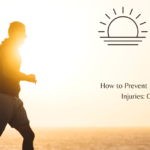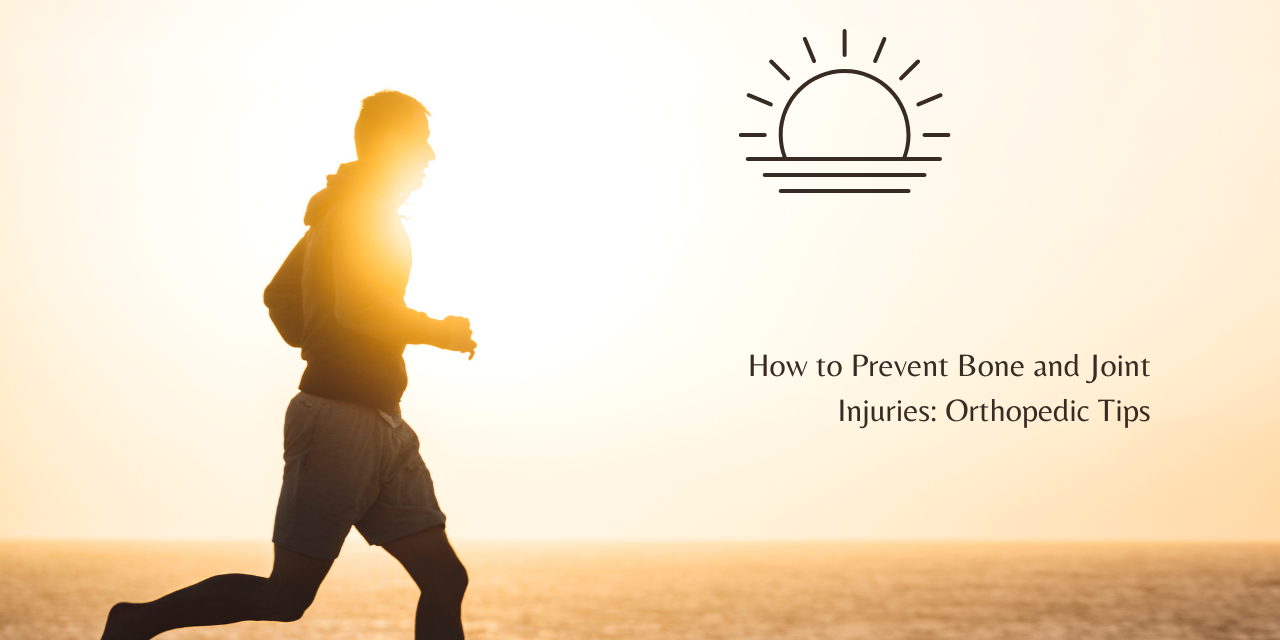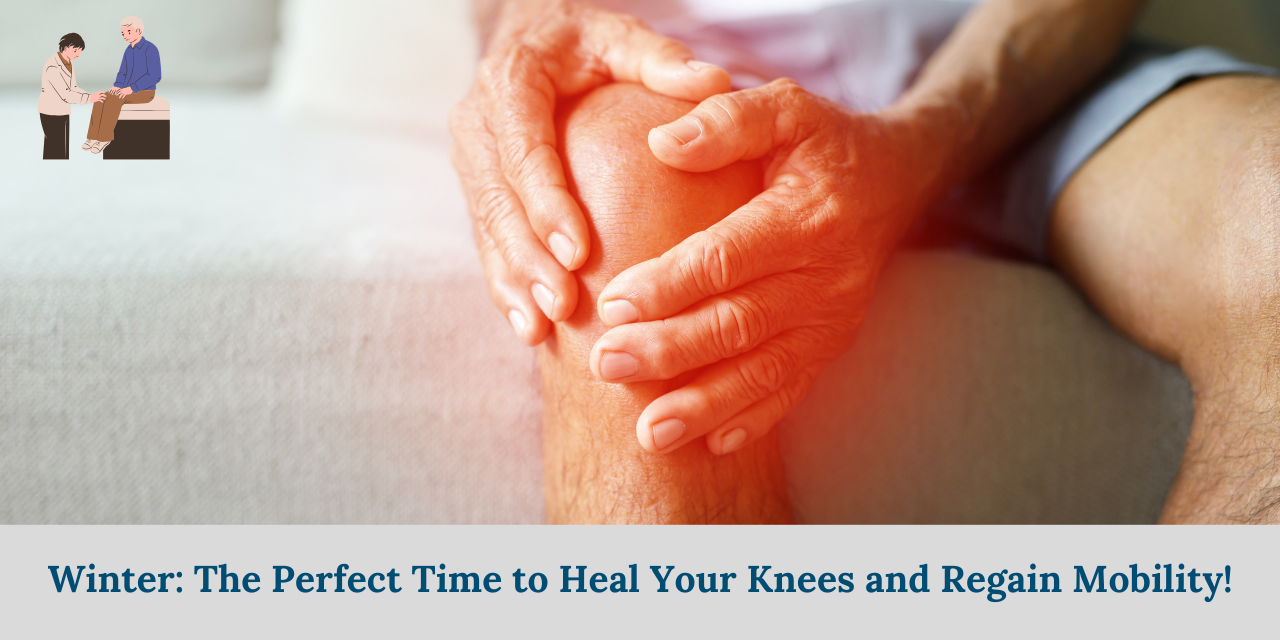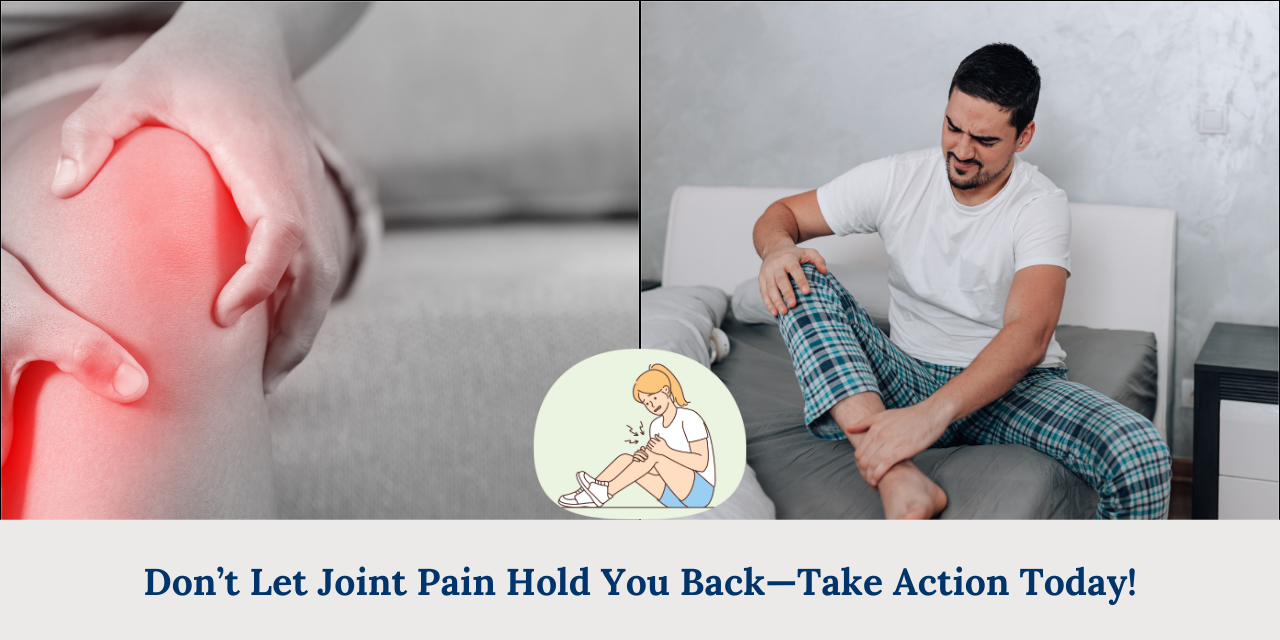Sports injuries are an unfortunate part of an active lifestyle. Whether you’re a professional athlete or just someone who enjoys physical activities, understanding common sports injuries can help you recognize symptoms, identify causes, and take steps to prevent long-term effects.
1. Sprains and Strains
- Symptoms: Pain, swelling, bruising, and limited movement.
- Causes: Sprains occur when ligaments (tissues connecting bones) are stretched or torn, often from twisting or falling. Strains involve muscles or tendons being overstretched or torn, usually from overexertion or improper technique.
- Long-Term Effects: If not properly treated, sprains and strains can lead to chronic pain, joint instability, and recurring injuries.
2. Knee Injuries
- Symptoms: Swelling, pain, stiffness, and difficulty bearing weight.
- Causes: Knee injuries are common in sports that involve running, jumping, or sudden directional changes. The most common knee injuries include ligament tears (like ACL), cartilage damage, and patellar tendinitis.
- Long-Term Effects: Untreated knee injuries can result in chronic pain, arthritis, and reduced mobility, significantly impacting an athlete’s performance.
3. Fractures
- Symptoms: Intense pain, swelling, bruising, and an inability to move the affected area.
- Causes: Fractures are breaks in bones, often caused by high-impact sports or direct blows. Stress fractures, in particular, result from repetitive force, often in running sports.
- Long-Term Effects: Improperly healed fractures can lead to bone deformities, chronic pain, and decreased function, necessitating long-term rehabilitation.
4. Dislocations
- Symptoms: Severe pain, swelling, bruising, and visibly out-of-place joints.
- Causes: Dislocations happen when bones are forced out of their normal positions, usually due to falls, collisions, or sudden impacts common in contact sports.
- Long-Term Effects: Recurrent dislocations are common if the injury is not treated properly, which can lead to joint instability and increased risk of arthritis.
5. Tendonitis
- Symptoms: Pain, tenderness, and mild swelling in the affected area.
- Causes: Tendonitis is inflammation of a tendon, often caused by repetitive motion or overuse, common in sports like tennis (tennis elbow) or basketball (jumper’s knee).
- Long-Term Effects: Chronic tendonitis can lead to tendon degeneration (tendinosis), which makes the tendons more susceptible to tears and ruptures.
6. Concussions
- Symptoms: Headache, dizziness, confusion, nausea, and sometimes loss of consciousness.
- Causes: Concussions are brain injuries caused by a blow to the head, frequently occurring in contact sports like football, hockey, and boxing.
- Long-Term Effects: Multiple concussions can lead to Chronic Traumatic Encephalopathy (CTE), a serious condition associated with memory loss, depression, and increased risk of dementia.
Prevention and Treatment
Preventing sports injuries involves a combination of proper training, using the right equipment, and maintaining good physical condition. Here are some tips to help you stay injury-free:
➨ Warm-Up and Cool Down
Always take the time to warm up before and cool down after physical activity to prepare your muscles and prevent injuries.
➨ Proper Technique
Ensure you are using the correct techniques for your sport to avoid unnecessary strain on your body.
➨ Strength and Flexibility Training
Regularly engage in exercises that improve strength and flexibility, reducing the risk of injuries.
.
Frequently Asked Questions
➽ What should I do immediately after a sports injury?
Apply the R.I.C.E. method (Rest, Ice, Compression, Elevation) and seek medical attention if the pain is severe or if there is a noticeable deformity.
➽ How long does it take to recover from a sports injury?
Recovery time varies depending on the injury’s severity and the treatment approach. Minor injuries may heal in days or weeks, while more severe injuries might take months.
➽ Can sports injuries be completely prevented?
While not all injuries can be completely prevented, the risk can, however, be significantly minimized by consistently following proper training techniques, diligently using appropriate gear, and, most importantly, listening to your body.
➽ What makes Malhotra Hospital & Orthopaedic Centre a good choice for sports injury treatment?
Malhotra Hospital & Orthopaedic Centre offers comprehensive sports injury care with state-of-the-art facilities and expert treatment from Dr. Rohit Malhotra, ensuring you get the best possible outcome for your injury.
Conclusion
Sports injuries are common, but with proper care and treatment, most athletes can recover and return to their activities. Recognizing symptoms early and understanding the causes can prevent long-term damage. If you’re in Panchkula and need expert care, Dr. Rohit Malhotra at Malhotra Hospital & Orthopaedic Centre provides top-notch sports injuries treatment in Panchkula. As the best doctor for sports injuries in Panchkula, Dr. Malhotra ensures that each patient receives personalized care tailored to their specific injury, helping them get back on their feet and into their game.To get more information please contact us on :
0172259628













